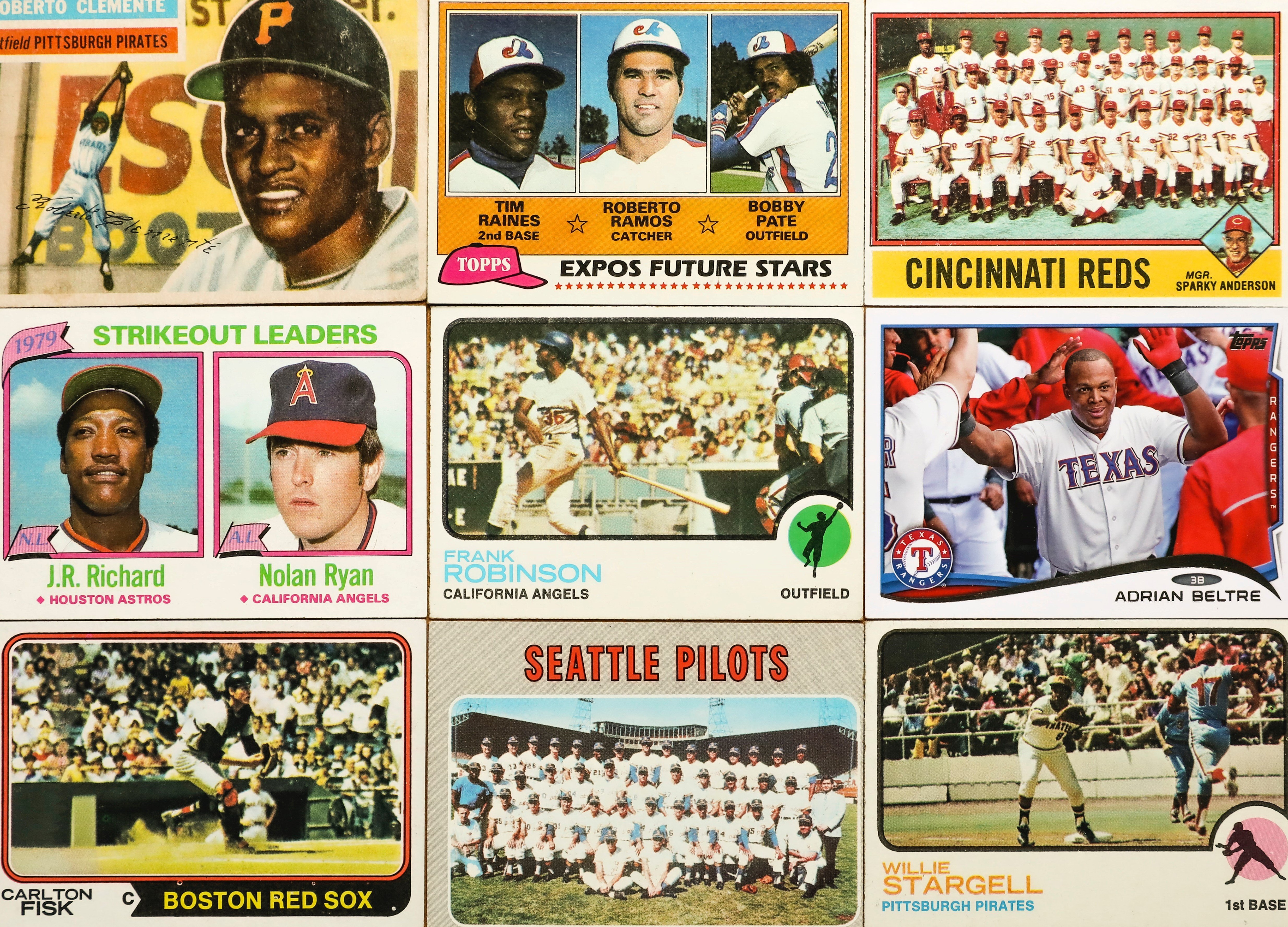Data Driven Sales Approach
In our business, one of the greatest sales challenges that most companies face is how to properly implement a data-driven sales approach. Some companies chase a bunch of data without any regard for the story that the data tells. Others struggle when they launch sales coaching without any data at all.
All of that leads us to what we call the “pull-through rate.”

One of my most treasured memories of my younger days was buying and trading baseball cards. Perhaps I am being a bit too nostalgic, but those days were good days, and growing up in Cincinnati during the 1970’s I was a huge fan of the Cincinnati Reds and the Big Red Machine.
I particularly remember studying the back of each baseball card because it told the story of each player. And I can still recall the quote “everybody plays to the back of their baseball card” which is a reminder that year over year statistics can be used to forecast future performance.
In our business, one of the greatest sales challenges that most companies face is how to properly implement a data-driven sales approach. Some companies just chase a bunch of data without any regard for the story that the data tells. Other companies struggle when they launch sales coaching without any data at all which means they are simply guessing on both whether their people can improve and what it will take to cause that improvement.
Pull-Through Rate
All of that leads us to what we call the “pull-through rate.” Let’s start with not getting this confused with your hit ratio or close ratio. Both a hit ratio or a close-ratio are computed in the same way by dividing the number of wins by the number of presentations or pitches. That means a company that delivers 100 presentations and wins 30 new clients has a hit ratio of 30%.
What is Pull-Through Rate?
A pull-through rate is a different deal altogether. It is calculated by comparing the relationship between first-time or initial sales calls and the number of wins. For example, a salesperson who has 200 first-time sales appointments and who winds up with 30 new clients has a pull-through rate of 15%. For years Anthony Cole Training Group has taught that most prospects are not qualified to do business with you and the numbers across the country support that conclusion. In fact, our own pull-through analysis supports that conclusion as our pull-through rate runs around 20%. Nearly 80% of all the firms we have initial conversations with never become a client of our firm.
Pull-Through Rate Example
Finally, one of the most interesting parts of the pull-through calculation is that it allows your sales team to “dollarize” each sales call. For example, if your average sale is $50,000…and your pull-through rate is 15% then every time your team goes on that first initial call they are in theory making $7,500 every single time they run a sales call.
Conclusion
I still have my baseball cards (at least the ones my mom did not throw away). And the back of each card still has the statistics that tell a story. What does the back of your salesperson’s card look like? Do you like the story it is telling you?

